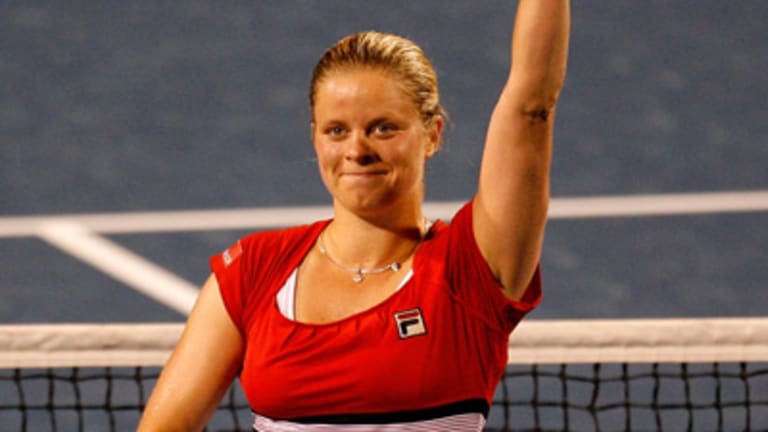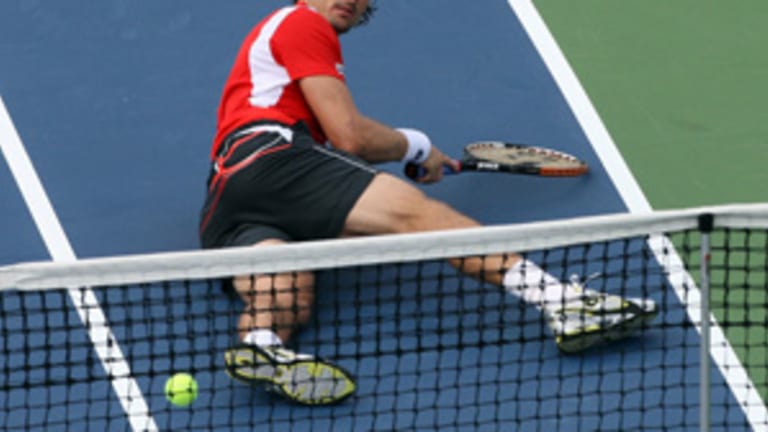The New York Times is nothing if not a hotbed of dubious trend stories—how else would a daily newspaper (or a blog, for that matter) fill all that space if reporters weren’t allowed to transform a few scraps of anecdotal evidence into sweeping cultural theories? A few weeks ago, the ground zero for many of these articles, the Sunday Styles section, embedded a writer deep within the harsh green confines of Vermont’s Middlebury College. The hook: Find out why half the students were running up and down the quad and beating on a soccer ball with brooms, attending Britney Spears concerts, and trying to organize a Saved by the Bell reunion. The reason, it turned out, was this: “Generation Y: They’re 20-something and Already Nostalgic.” The broom game is a version of Quidditch, from the Harry Potter series, the first of which came out in 1997. According to the Times it’s a symptom of the yearning that college students now feel for those lost days of innocence—known as the late 1990s to you and me—before 9/11 and Iraq made forced them to “grow up too fast” and stop breaking things at Limp Bizkit shows
If there are any tennis fans among these kids, they might also have tacked up a dog-eared copy of a Time magazine cover from early in the decade that featured the Williams sisters next to this headline: "Taunts! Tantrums! Talent! Why the women, led by Venus and Serena Williams, are pushing the men off center court.” This moment would mark the high point of the WTA’s golden era, before so many early retirements would rob the tour of stars. A closer look at the issue also shows that the sport would soon be knocked far from the front pages of any paper or magazine: The date in the top left corner is September 3, 2001.
But like those black-robed dweebs at Middlebury, women’s tennis just can’t shake the late 90s. The second half of the decade saw the rise of both of the Williams sisters, Martina Hingis, Justine Henin, Amelie Mauresmo, and Kim Clijsters, who, as a 16-year-old in 1999, would make her debut at both Wimbledon and the U.S. Open and reach the fourth and third rounds, respectively. In the decade since, thousands of hopefuls have come and gone and a dozen or so have seemed to be on the verge of long-term stardom—or at least a permanent place in the Top 5—but only one woman has achieved it: Maria Sharapova. You might say that the reason that Dinara Safina and Svetlana Kuznetsova reached the French Open final this year is that Clijsters and Henin, who are only a couple of years older than they are, were voluntarily on the sidelines.
Now, as you know, Clijsters is back on the field of play. And just like the Williams sisters over the last two years, she's already flying the banner of the WTA’s millennial generation proudly. Is it a shock that this week she came out in her first tournament in two years and won her first two matches, over perennial Top 20 players Marion Bartoli and Patty Schnyder, in straight sets? I don’t think so—the surprise may be that it isn’t a surprise at all.
It certainly wouldn’t be to Rick Macci, who coached Jennifer Capriati and the Williamses. When I talked to him recently about the current women’s tour, he went back to the case of Capriati. “When Jennifer came back,” he said of the American’s rise from triple digits in the rankings back in, yes, the late 90s, “I knew it wouldn’t take her long to be in the Top 10, because she could always do one thing, she could always hit the ball through the court. If you can do that, you have a chance.” One reason Martina Hingis’ own comeback wasn’t as successful was that the sport had passed her by in her absence—she could never dictate with pace, and the finesse that won her five Slams is no longer enough.
Clijsters can bang the ball, and while she’ll almost certainly have lost a step—I haven’t seen either of her matches in Cincy—she’ll also almost certainly still be a superior athlete to the majority of her opponents. She plays the same hard-hitting baseline game that's the WTA standard today, but she can generate more topspin for safety than many of the younger women, and she’s a natural on defense—Clijsters’ signature shot doesn’t involve a shriek, but a squeak. That’s what her shoes do as they scrape the hard courts as she retrieves a ball with one her famous splits. Compared to Clijsters’ style, which was never what you call elegant in the first place, the women’s game this decade has grown steadily more pragmatic and rudimentary. Sharapova, Safina, Kuznetsova, Dementieva, and others rely more on hitting first-strike missiles and less on running them down—they play preemptively at all times, betting that their winners will outweigh their errors in the end. The trend will only continue as players like Azarenka and Lisicki take their places near the top.

